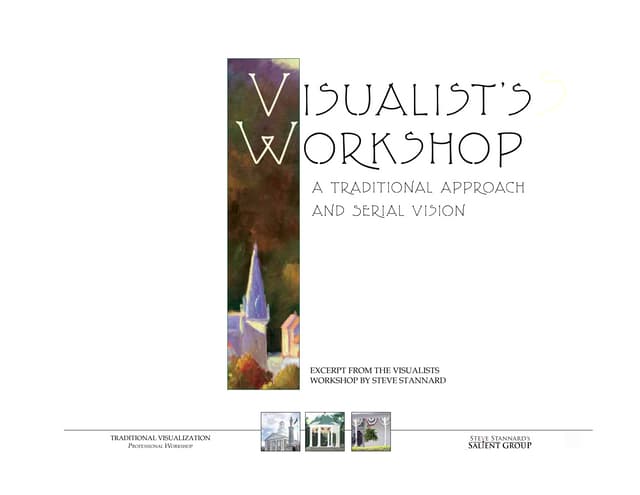

Again, with the help of light, materiality and colour palette, the user can oversee the mood alterations throughout the Serial Vision Home. The house uses the large hallway’s depth to accentuate the compartmentation between areas.

The master bedroom and bathroom, the studio, the playroom, and an additional bedroom and bathroom make up this second half of the Serial Vision Home. When transitioning to the night area, the spine hits its thinnest spot right in the centre, opening up again to unfold into a big, peaceful park. In this first half, we find the living room, the dining room, the kitchen, an open library, a multipurpose room, and a restroom.

The first one turns to one of Barcelona’s liveliest streets, which keeps it alive from dawn to dark. With multiple rooms opening on both sides, this space is conceptually cut in half to distinguish two main areas: day and night. The Serial Vision Home is defined by a long, wide corridor that functions as the vertebral axis to transition via the house. Floors are set up in wood and, in certain areas such as bathrooms, they are built in stone. These combinations of materiality, light and colour alter as the user walks from one end to another, shaping different experiences while transitioning through the wall-layering of the Serial Vision Home. The walls are coated with natural mortar using an aerated lime base, changing colour depending on the light, and off-white paint in the brightest rooms. This combination of tones creates a natural and pleasant environment a sense of calmness reigns the space. In order to make these purposes palpable, a soothing colour palette takes over the walls, ceilings and floors. In the Serial Vision Home, materiality assumes a leading role to help meet these premises and cover two primordial functions: setting the house’s mood and making every space intuitively identifiable.
#SERIAL VISION ADALAH SERIES#
Yesterday, FilmRise acquired SVOD, AVOD and FAST streaming rights to Broadway Video’s Canadian sketch comedy series Kids In The Hall, while earlier in the week, it secured North American and Latin American rights to six animé shows from Fuji Creative Corporation, the distribution arm of Fuji Television Network.MATERIALITY AS A TOOL TO CREATE INTUITIVE SPACESĪs human beings, we are heavily influenced by the atmospheres surrounding us, effortlessly shaping our perceptions and changing our attitudes depending on the space we inhabit. The reasons given for murder by each killer is forensically dissected, with the series featuring first-person reports and interview footage from interrogation rooms as detectives themselves try to understand the actions of the serial killers they sit opposite. Other cases explored in the show Don Miller, who admitted to killing four women and revealed where he had buried them – but only if he got an earlier parole date and Anthony Shore, who disguised himself as a telegraph repair man to pick his victims from a unique vantage point. It follows some of the lesser-known serial killers of the later 20 th century and 21 st century like Ronald Dominique, who killed around 23 men in the early 2000s.” He described the series as “an under the lens examination of what makes a serial killer. Speaking to TBI at MIPTV this week, FilmRise SVP of acquisitions & co-productions, Max Einhorn, said that the series would launch “everywhere all at once” across its network, in early May. FilmRise took all rights for North America, German-speaking Europe, and Australia and New Zealand, when the series was first announced in October. The 10 x 60-minute series is produced by UK-based FirstLookTV and explores what makes someone kill multiple times. New York-based streamer and producer FilmRise will debut its new original true crime documentary series Making A Serial Killer across its AVOD service FilmRise Streaming Network next month.


 0 kommentar(er)
0 kommentar(er)
